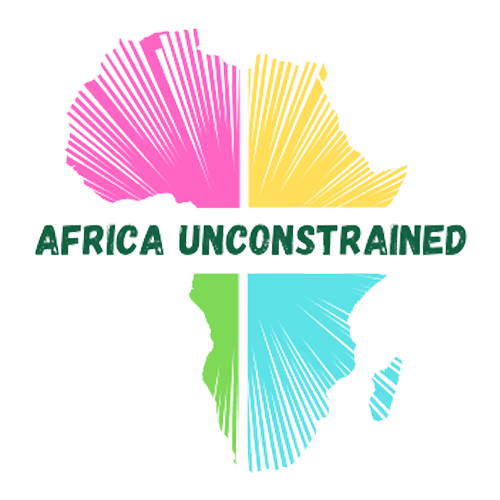
数据










多哥的债务在1980年代和1990年代初的债务危机期间上升。该国严重依赖商业和自给农业,是全球最大的磷酸盐生产国之一。对于包括中国在内的几内亚湾海洋网络中的许多捐助者来说,多哥在战略上也很重要。多哥的公共债务对国内生产总值的比率在1977年至1995年期间每年平均为93%。在此之前,多哥一直在基础设施方面进行雄心勃勃的投资,但是大宗商品价格的下跌和较高的利率导致外部借贷的数量增加与GDP。政治动荡发生在1992年和1993年,磷酸盐行业的收入下降使该国无力偿还债务,这使情况更加恶化,导致公共债务对GDP的比例到1995年进一步上升到122%。但是,自2007年以来,政府决定对世界银行进行民主政策改革,并明确欠款,这使其有资格参与重债穷国倡议。这有助于将多哥的公共债务占GDP的比率在2015年降至62%。中国还向多哥提供了2000-2018年期间的部分债务减免,相当于通过重债穷国获得的款项的20%。
5.9%
经济增长
4.5 / 8
DR的债务透明度指数
62.5%
Gross Debt Position % Of GDP
-1.6%
Budget balance 2021
多哥
债务与国内生产总值之比
Since 2008, Togo has experienced economic growth with an average rate of 5.5% per year, in particular due the success of export processing zones. In addition, Togo has one of West Africas’ few natural deep-water ports – which has benefitted from multilateral and Chinese foreign direct investment (not loans), and which has promoted regional and international trade. The strong economic performance narrowed the fiscal deficit to 0.8% of GDP in 2018, compared to 6.3% in 2011.
However, in 2017, 8.1% of its total government expenditure was paid towards debt interests. For comparison, health expenditure only accounted for 5% of the total governmental expenditure. This may mean there are opportunity costs of debt payments – unless the debt being serviced is helping to raise citizen’s standards of living and/or is generating a return.
Togo reorganized its Debt Management Office and issued a Freedom of Information Law in 2016 but only publicized limited data information on budget and economic analysis, making the country mid-range in the Debt Transparency Index.
多哥
收入与预算余额

No Data Found

Togo has sought more debt from China over the past decades, with Chinese debt accounting for 0.8% of its total external debt stocks in 2004, increasing to 45% in 2015, though the ratio stood at 26% in 2017. According to China Africa Research Initiative, China at least provided 16 loan projects to Togo, focusing on transport and power as well as the communications sector. For example, in 2008, China granted a loan of over US$9.2 million to Togo for projects in health, education, agriculture, and energy. In 2009, China provided US$241 million loan to Togo for the road rehabilitation.
China is Togo’s largest official bilateral creditor. In 2018, Chinese debt amounted to around 81% of Togo’s total official bilateral debt. Togo is one of the 44 African countries that have signed Belt and Road Initiative MOUs with China. China has provided support to Togo in areas including agriculture and infrastructure development. China has also committed to further assist Togo to industrialise further and crack down on transnational crimes.
中国债务与GDP之比
对中国的外债存量vs. 对其他国家 百万美元
No Data Found
Togo has a strong public infrastructure in terms of electricity access, but there are still significant future financing needs to meet the SDGs – for example access to internet as well as for some improvements to trade and road infrastructure.
This might be possible to do through external finance. Togo’s‘s public debt decreased from 76.2% of GDP in 2018 to 70.9% of GDP in 2019, and as a result the IMF believes this means it simply has a moderate risk for its debt sustainability analysis in 2020. Togo works with the IMF and the World Bank on public financial management. In terms of its credit worthiness, Moody’s credit rating for Togo was reported at B3 with a stable outlook, but it is below investment grade and highly speculative. Along with Zambia, its credit rating is the fifth strongest amongst the countries analysed in this guide.
外债
No Data Found

No Data Found
Acknowledgements:
and The Development Reimagined Team
Statement on use of data:
55%
Listening Music
47%
Reading
36%
Gardening
25%
Sleeping


60%
Watching Tv
19%
Meditation




COVID-19
No Data Found


